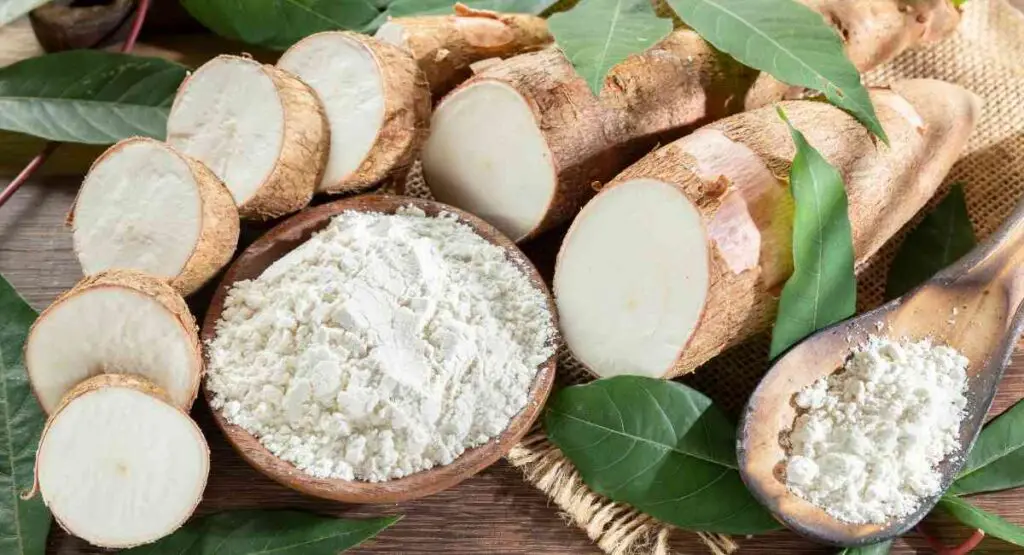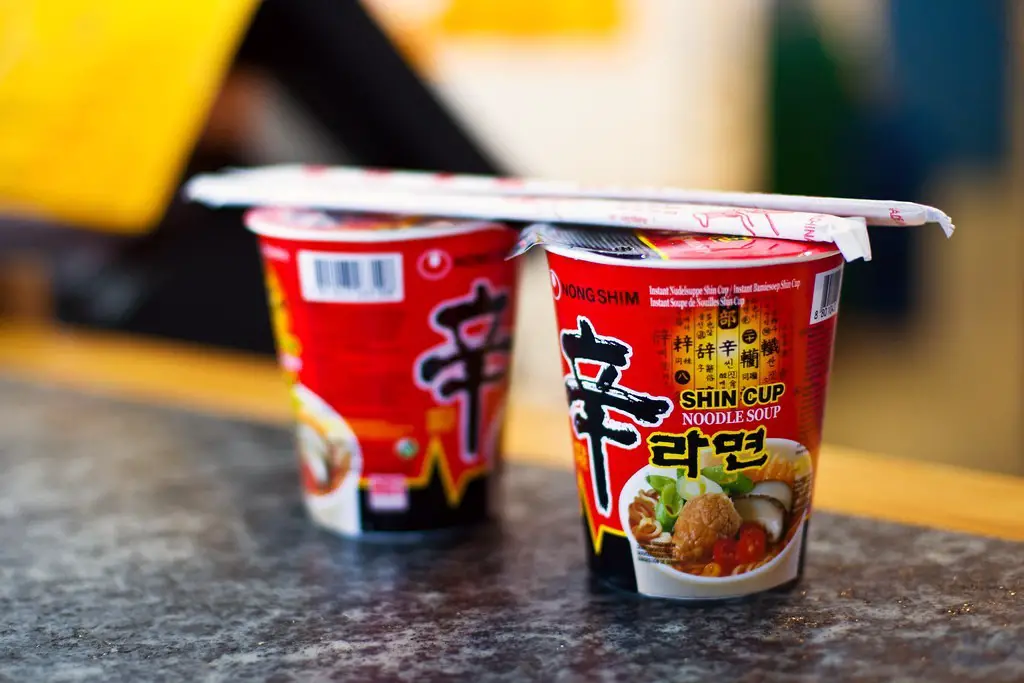If you’re looking for a healthy and delicious way to add some variety to your diet, you should try out cassava. This tuber has lots of nutrients, and you can prepare it in various dishes.
This blog post will discuss the many health benefits of cassava and some recipes that you can try at home. So what is cassava good for? Continue reading to find out.
What Is Cassava?
Cassava is a root vegetable that is native to South America. It is also known as yucca or manioc and is a drought-tolerant crop that can be grown in poor soils.
Cassava roots are long and tapered, with smooth or hairy skin. They can be white, yellow, or purple. The flesh of the root is either white or yellow.
Cassava leaves are large and green, with pointed tips. They grow in a spiral pattern around the stem of the ornamental plant. The cassava plant produces small, white flowers that grow in clusters.
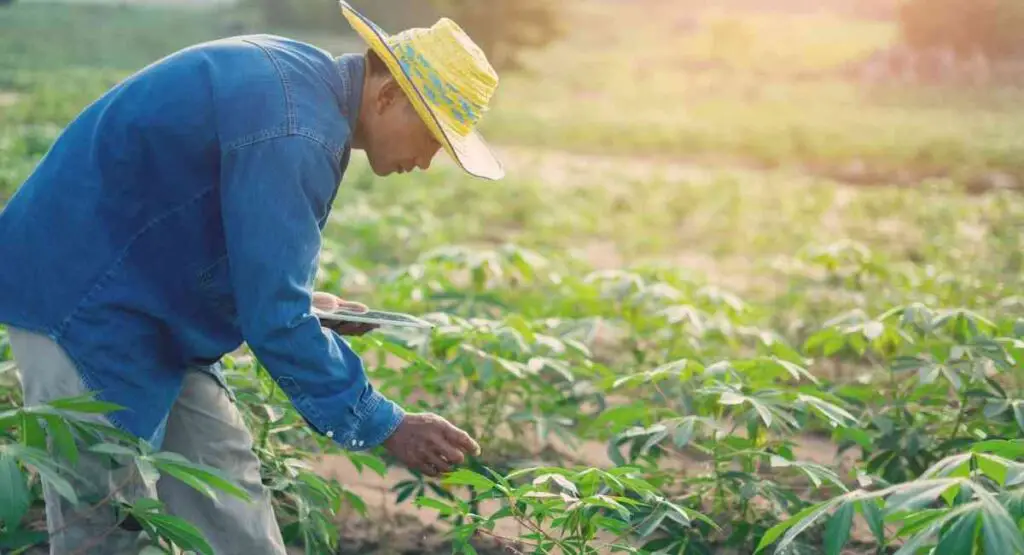
What Is Cassava Good For?
Cassava is a starchy food high in carbohydrates and calories and is a significant source of food for people in tropical countries. However, cassava is a versatile ingredient that can feature in many different dishes. It is a good energy source and can be eaten as a main meal or side dish.
Raw cassava can be toxic, so it should always be cooked before eating. It can be boiled, baked, mashed, roasted, or fried. Cassava leaves are also edible and are often used in soups and stews, sometimes in the form of cassava leaf extract.
The plant’s root is used to make cassava flour, which is a type of gluten-free flour. Cassava flour takes the place of wheat flour in many gluten-free recipes. It has a slightly nutty flavor and can be used to make bread, pastries, and other baked goods. The flour also features in some gluten-free beer recipes. In addition, some people say you can use this flour for weight loss.
Cassava is a staple food in many parts of the world, especially in Africa. In Nigeria, balanced cassava gets processed into a dish called fufu. Fufu is made by boiling dietary cassava root and pounding it into a sticky dough. Nigerians often eat fufu with a stew or soup.
Cassava also has some health benefits, which include:
- It is a good source of vitamins and minerals, including vitamin C, potassium, and magnesium.
- It can help to regulate blood sugar levels.
- It has a low glycemic index, meaning that it is slowly absorbed into the bloodstream and does not cause a sudden spike in blood sugar levels.
- It is gluten-free and can be used as a replacement for wheat flour.
- It is a good source of dietary fiber, beneficial to digestive health.
- It can help to lower cholesterol levels.
Cassava Recipes
Cassava is a versatile root vegetable that is delicious in various recipes. From stews and soups to pies and casseroles, there are endless possibilities for cooking with cassava. Here are some cassava recipes to try:

Cassava Chips
Ingredients:
– One cassava root, peeled and sliced into thin chips
– One tablespoon of olive oil
– Salt and pepper to taste
Instructions:
Preheat the oven to 400 degrees Fahrenheit. Toss the cassava chips with olive oil and salt and pepper in a large bowl. Spread the chips out on a baking sheet and bake for 20-30 minutes, or until golden brown and crispy. Serve immediately.
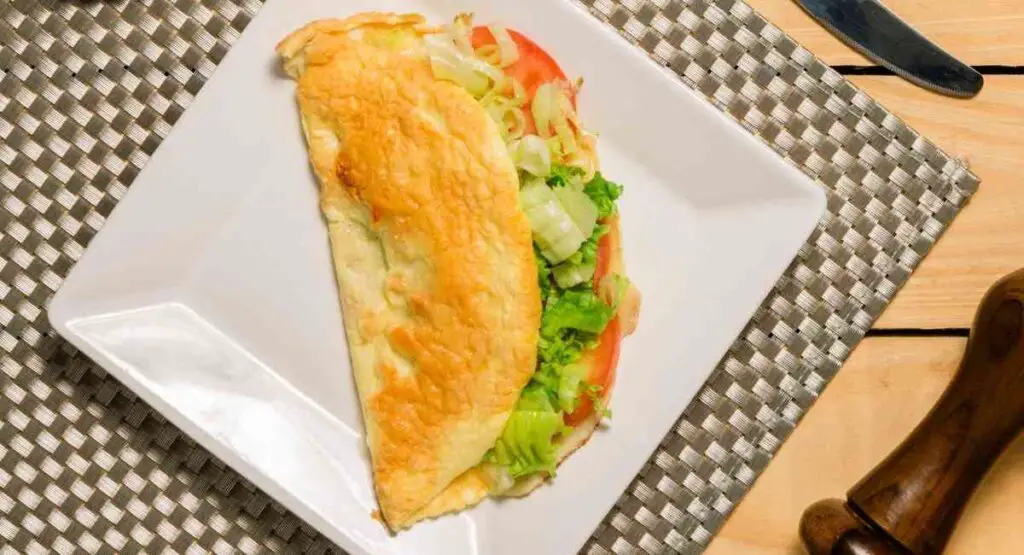
Cassava Flour Pancakes
Ingredients:
- One cup of cassava flour
- Two tablespoons of tapioca flour
- One teaspoon of baking powder
- One egg, beaten
- One and a half cups of vegan milk
Instructions:
Whisk the cassava flour, tapioca flour, and baking powder together in a large bowl. In a separate bowl, whisk together the egg and milk. Add the wet ingredients to the dry ingredients and mix until well combined.
Heat a large frying pan over medium heat and grease with oil or margarine. Scoop ¼ cup of batter into the pan for each pancake. Cook for one to two minutes per side, or until golden brown. Serve with your favorite toppings.
Cassava Casserole
Ingredients:
– One pound of ground beef (vegan or regular)
– One onion, diced
– Two cups of long-stem cassava root, peeled and diced
– One can (14 oz) of crushed tomatoes
– One can (15 oz) of kidney beans, drained and rinsed
Instructions:
Preheat the oven to 350 degrees Fahrenheit. Brown the ground beef over medium heat in a large pot or Dutch oven. Add the onion and cook until softened. Stir in the cassava root, crushed tomatoes, and kidney beans.
Bring the mixture to a simmer and cook for about 15 minutes, or until the cassava is tender. Pour the casserole into an oven-safe dish and bake for 20-30 minutes, or until heated through. Serve with a green salad or some crusty bread.
Cassava FAQs
What does cassava look like?
Cassava roots are long and tapered, with a brown bark-like exterior. The root’s flesh is white or yellowish, and the taste is similar to a potato. You can find it in most grocery stores that sell other root vegetables. Processing of cassava roots can result in cassava flour.
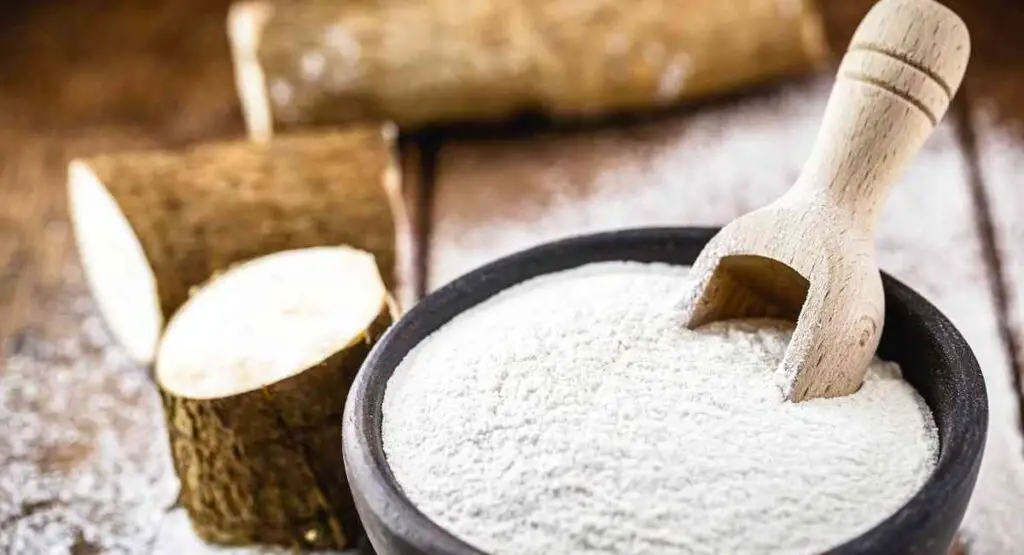
Where does cassava come from?
Cassava is native to South America, but it is now grown in many tropical countries. The largest producers of cassava varieties are Brazil, Nigeria, and Thailand. Cassava production is also done in Indonesia, the Philippines, and Vietnam.
How do you store cassava?
You should store cassava in a cool, dry place. Once peeled and cooked, cassava can be stored in the fridge for a week. Do not eat cassava after it’s spent a week in the refrigerator. Make sure to keep it in an airtight container so that it doesn’t dry out.
How do you eat cassava?
Cassava can be eaten hot or cold but should always be cooked. In recipes, it can be boiled, fried, or roasted. Cassava is also sometimes used as flour or a starchy vegetable in recipes. If you would like to prepare a sweet cassava flour dish, you can find this flour in many health food stores.
What are the benefits of eating cassava?
Cassava is a good source of vitamins and minerals, including a source of vitamin C, vitamin A, potassium, and magnesium. It is also a good food source of dietary fiber.
Cassava has a low glycemic index, which means it can help to regulate blood sugar levels. So take your cassava in moderation for the best results.
What are the risks of eating cassava?
Cyanogenic glucosides from cassava roots contain cassava linamarin, which can release cyanide into the body. This may cause adverse effects of cassava consumption, such as cyanide poisoning, but it only happens if it isn’t cooked correctly. Therefore, to avoid cyanide in cassava and prevent chronic poisoning, you should always peel and boil the roots before eating.
Conclusion
If you were wondering, “What is Cassava good for?” we hope this blog post has helped answer that question. Cassava is a versatile ingredient that can be used in many different dishes.
If you are looking for gluten-free flour, a combination of cassava flour is a good option. And if you are looking for a new and exciting way to add some flavor to your cooking, consider using some cassava leaves in your next meal. It is a healthy and delicious root vegetable that is worth trying.

